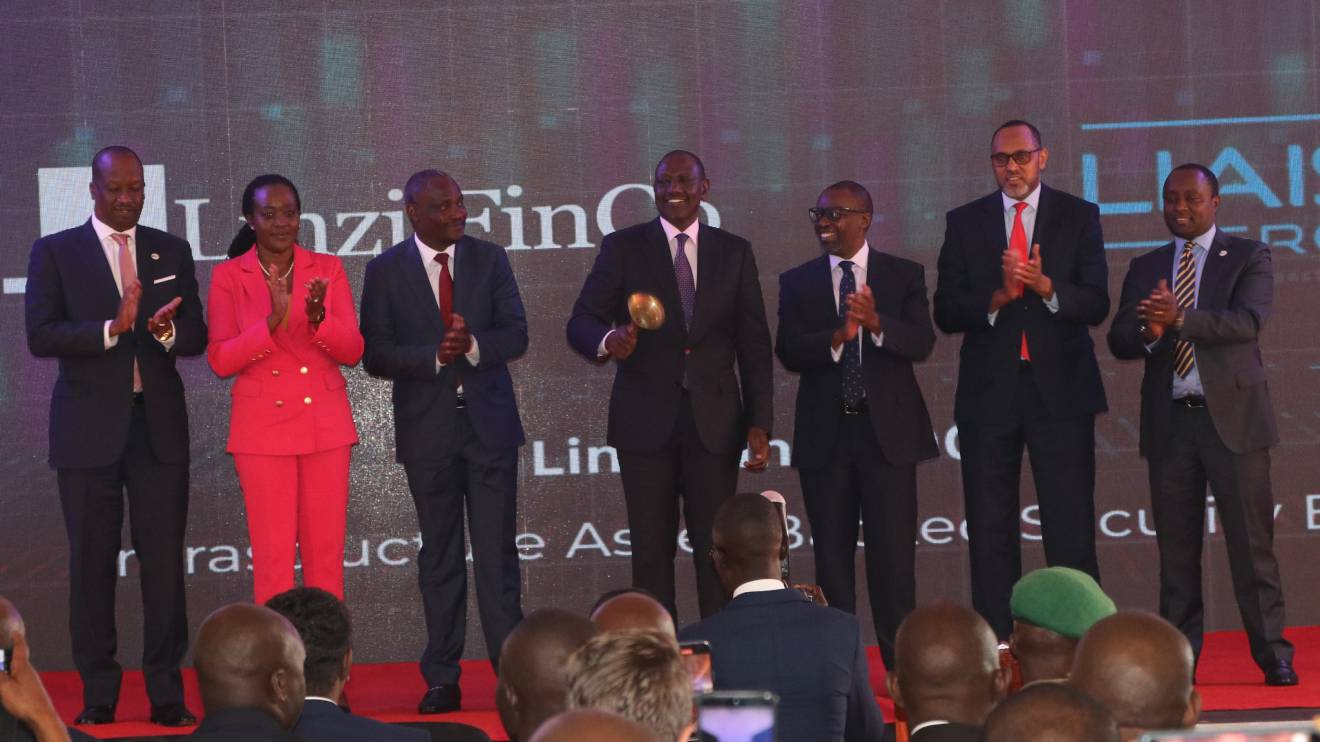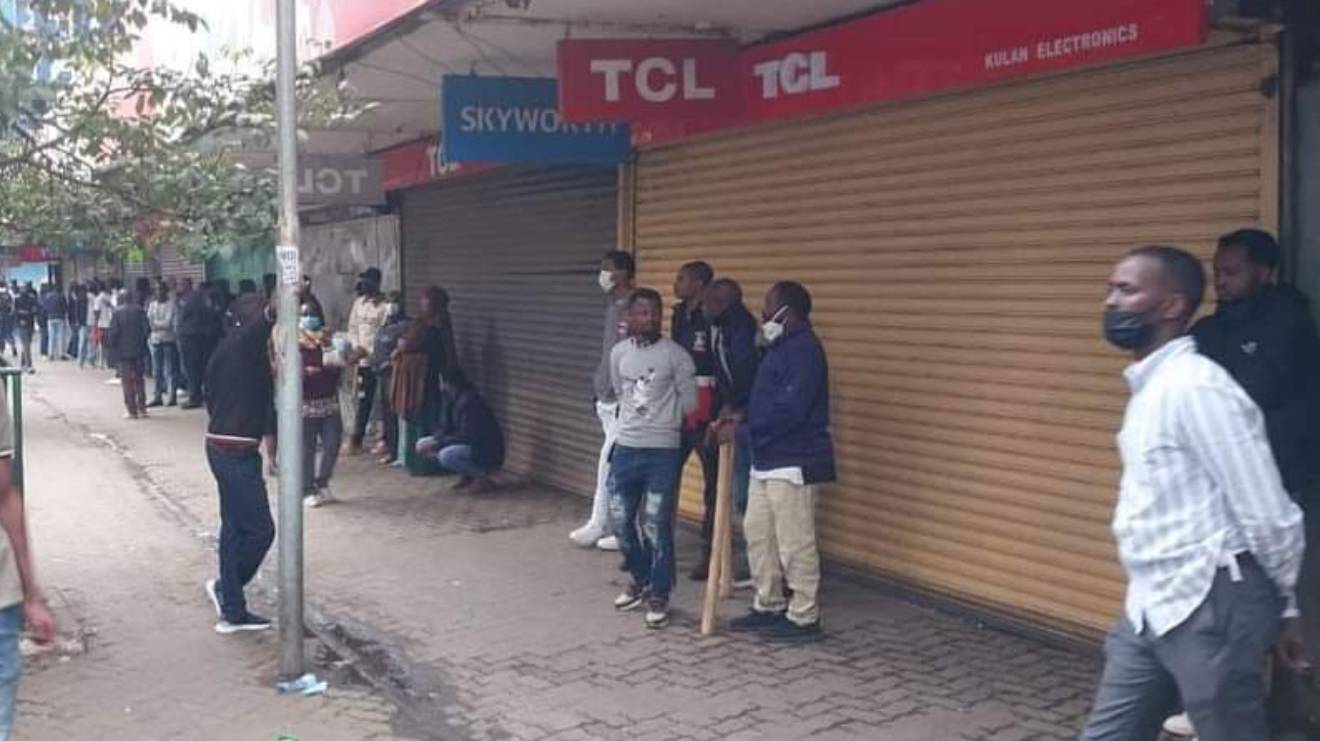Kenya’s Energy Cabinet Secretary Opiyo Wandayi has dismissed criticism of the government-to-government (G-to-G) oil import deal, shifting the spotlight instead to what he called a burdensome tax regime as the real driver behind high fuel prices at the pump.
Appearing before the National Assembly’s Energy Committee on Tuesday, Wandayi made the case that the G-to-G framework had shielded Kenyans from worse price shocks.
He drew comparisons with Tanzania, where despite seemingly lower retail prices, the actual import costs are higher.
“Because of the G-to-G arrangement, we were able to negotiate lower landing costs, particularly on the freight and premium rates. Without it, the situation could have been worse,” he told the committee.
Figures from tenders closed in July 2025 revealed that Tanzanian importers were paying USD 83 per metric tonne for Diesel, USD 135 for Super Petrol, and USD 190 for Jet A1. Kenya, he said, secured more favourable rates thanks to its direct deals with Gulf suppliers.
Read More
Beyond pricing, Wandayi emphasised that Kenya benefits from a 180-day credit window under the G-to-G model — three times longer than Tanzania’s 60-day terms under its Bulk Procurement System.
Since the start of the arrangement in 2023, the country has experienced steady fuel supplies, he said, even during moments of global uncertainty.
The recent July–August hike in local prices, according to him, was a temporary ripple from international markets.
“Thanks to the G-to-G framework and our competitive freight deals, we have been able to contain the situation. Without it, the cost at the pump would be far worse,” he said.
However, he did not shy away from acknowledging what he termed the fundamental issue: taxes.
“The taxes in our neighbouring countries are lower — and that is in their wisdom and the wisdom of their parliaments. That’s why their fuel prices are lower,” Wandayi said, adding that the structure of Kenya’s taxation makes a bigger dent in prices than procurement decisions.
From the current Sh186.31 per litre petrol price in Nairobi, Sh82.33 — nearly half — goes to taxes and levies.
include Sh21.95 in Excise Duty, a Sh25 Road Maintenance Levy, VAT at Sh25.70, and Sh5.40 for the Petroleum Development Levy. Additional charges such as the Railway Development Levy, Import Declaration Fee, and Merchant Shipping Levy further inflate the cost.
Diesel and kerosene attract slightly less tax, at Sh69.67 and Sh55.14 respectively. However, kerosene is subjected to an extra Sh18 Anti-Adulteration Levy.
Wandayi stressed that the structure itself is the problem — not inefficiencies in fuel importation.
“We have not revised most fuel taxes since July 2024, but the structure itself remains heavy,” he noted.
The Road Maintenance Levy, for instance, rose from Sh18 to Sh25 per litre in July 2024.
He also raised concern over the ad valorem nature of certain taxes, which scale up with rising global prices, further burdening consumers.
Between May and June 2025, international fuel prices surged by 6.72 per cent for Super Petrol, 9.33 per cent for Diesel, and 8.15 per cent for Kerosene.
These changes pushed up pump prices by Sh5.17 for petrol, Sh4.90 for diesel, and Sh5.74 for kerosene per litre.
The Cost of Service for the Supply of Petroleum Products (COSSOP) also added Sh2.47 per litre in a second phase of pricing adjustments.
Yet not all lawmakers were convinced. Some pushed back on Wandayi’s remarks, rejecting the notion that Parliament alone should shoulder responsibility for the current price regime.
As debate intensifies, it is clear that while import structures may offer temporary buffers, the long-term solution may lie in re-examining Kenya’s fuel tax architecture — a conversation now squarely on Parliament’s desk.

-1726501102.jpg)




-1753218510.jpg)